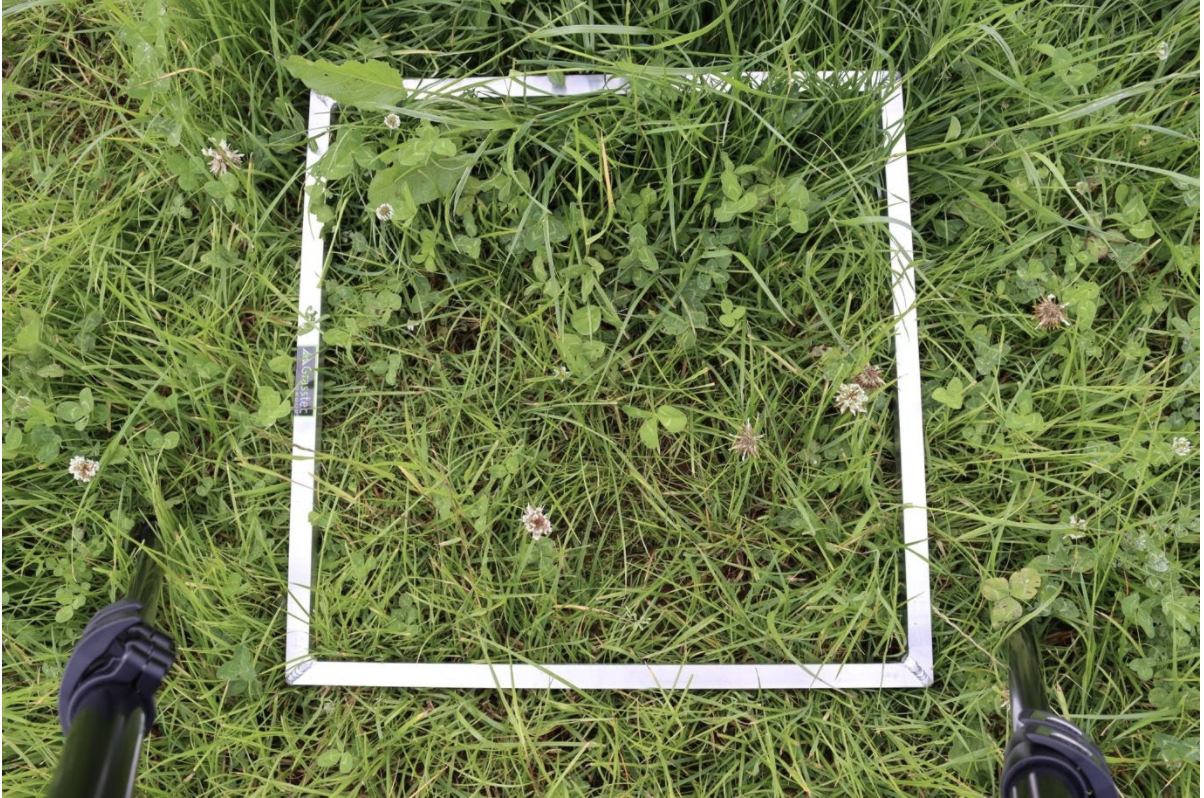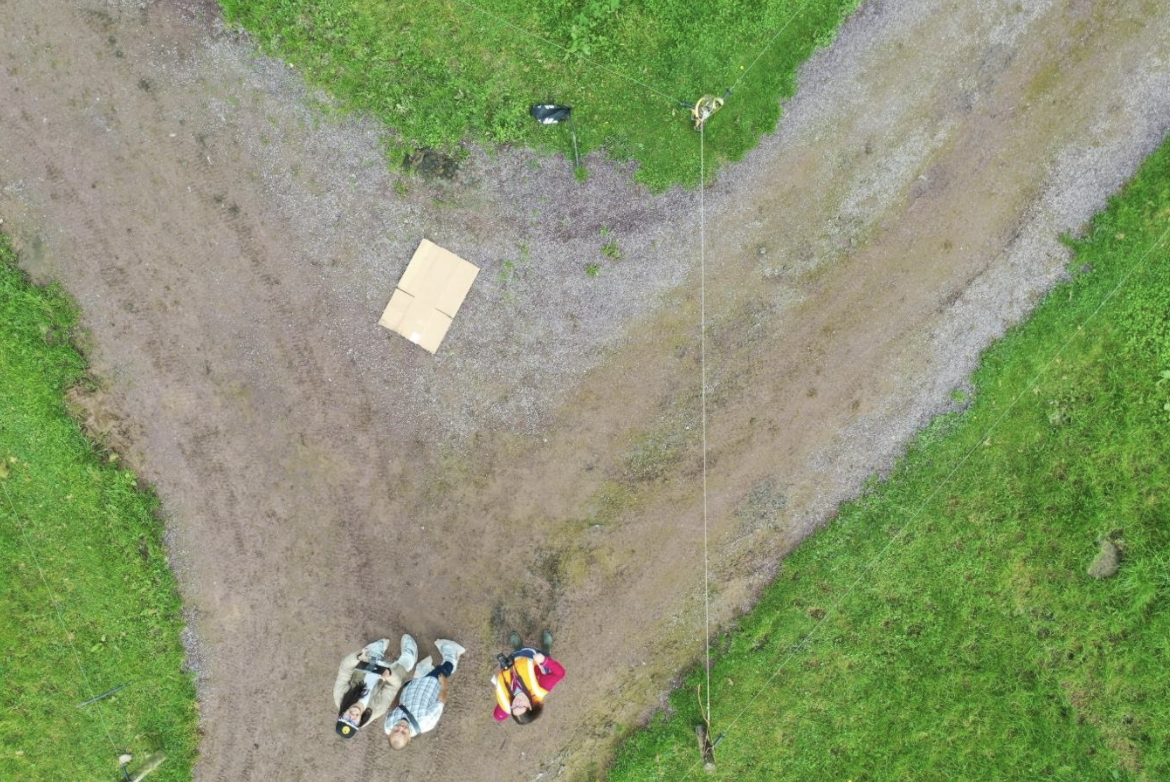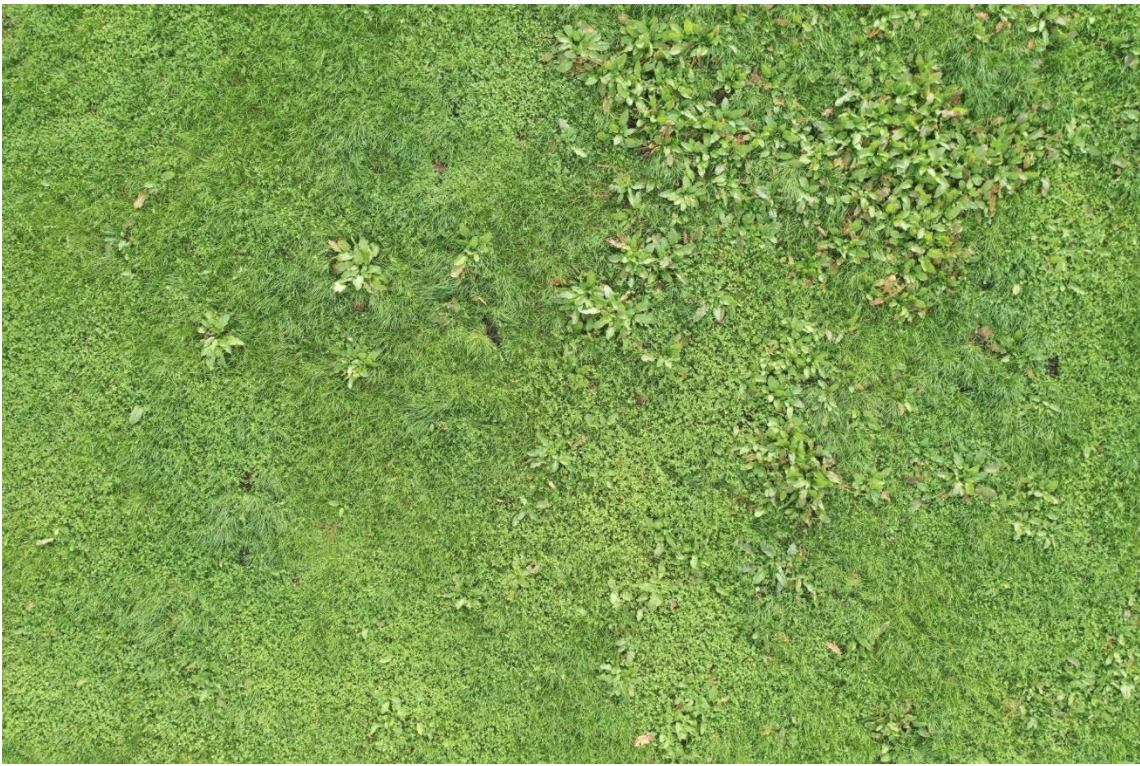Sustainable estimation of biomass in grasslands
Badri Narayanan –PhD Student
University College Dublin
From growing demand on their production system, dairy farmers need quality information about their grass to improve grazing and food supply for their livestock. Under or over grazing can have poor effects on the regrowth of the vegetation. Optimal seeding density, reseeding frequency, reduction in fertilizer application and elimination of weeds are some of the key decisions that farmers are concerned with.
The dairy industry uses a mix of clover and grass in their paddocks because of clover’s ability:
- to fix soil and atmospheric nitrogen
- improve soil fertility required for grass growth
- to reduce fertiliser usage and nitrate leaching into groundwater
Weeds often compete with grass for the available resources, they can decrease grass yield and some varieties can be poisonous to the grazing animals. Through estimation of the amount of grass, clover and weeds, farmers can make important decisions about their grasslands and increase production.
Traditional methods of biomass estimation in grasslands involves collecting representative samples from small patches in paddocks, measuring their dry biomass content in labs and extrapolating them for the paddock. This is often difficult, time consuming and costly. Modern methods for biomass estimation are focused on sustainable grassland farming. This is because of recent advances in technology such as computer vision and remote sensing. This provides accurate information in a sustainable way.
“Computer vision” is a well-established subfield of Artificial Intelligence comprising of a set of tools and algorithms that can:
- accurately process very large amounts of data from digital images
- analyse their context and content
- extract complex information at great speeds
At Vistamilk – in a collaboration between Teagasc, UCD, and DCU – we use computer vision to analyse large amounts of proximal top view images (Figure 1) of paddocks and estimate the composition in dry biomass. This provides a reliable alternative to the traditional methods of biomass estimation. The availability of modern remote sensing imaging via satellites and drones provides fine-grained images in high resolution (Figure 3) and can cover large areas to make these estimations at scale for entire paddocks and farms.
Our research at Vistamilk strives to develop state-of-the-art applications of these technologies in biomass estimation and connect the functional relationships between field data collection efforts, data analytics, information extraction and dissemination.
These are our own images captured at Moorepark
Figure 1
Figure 2
Figure 3




